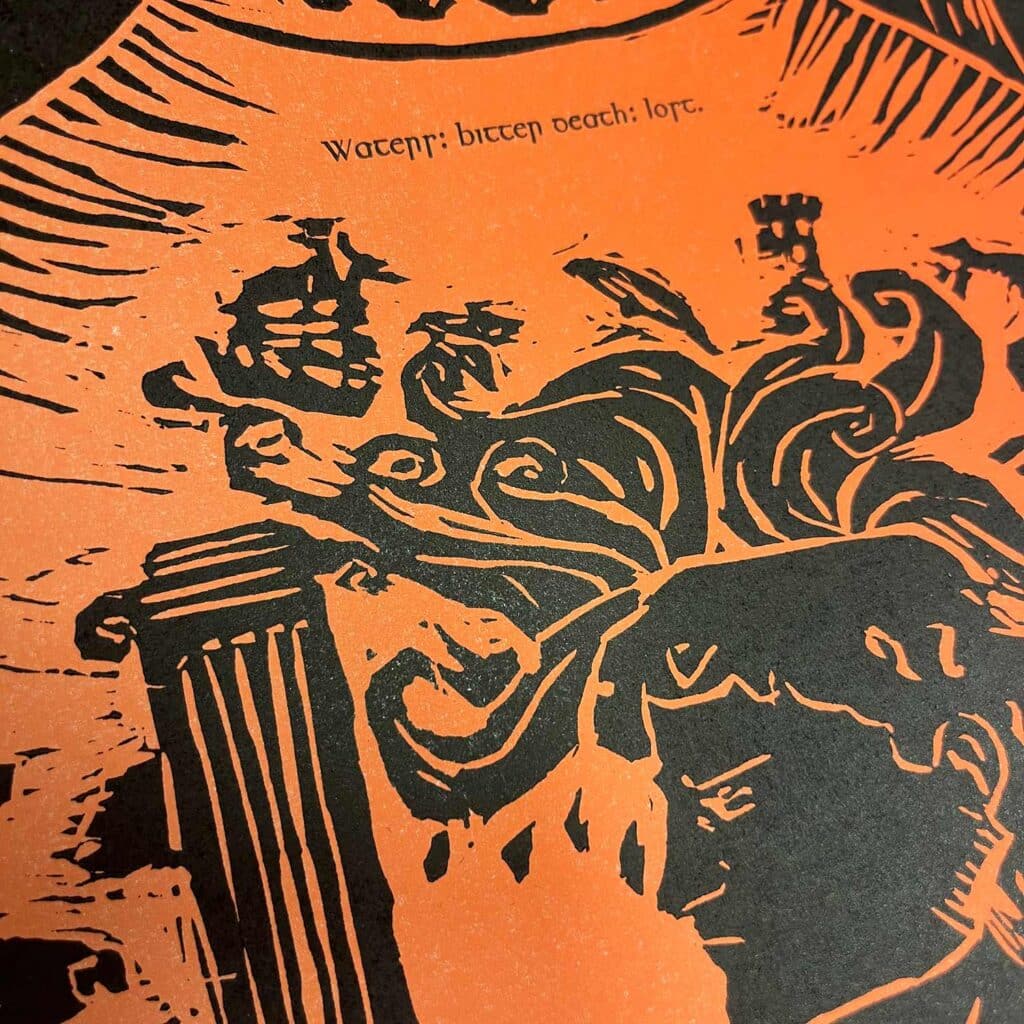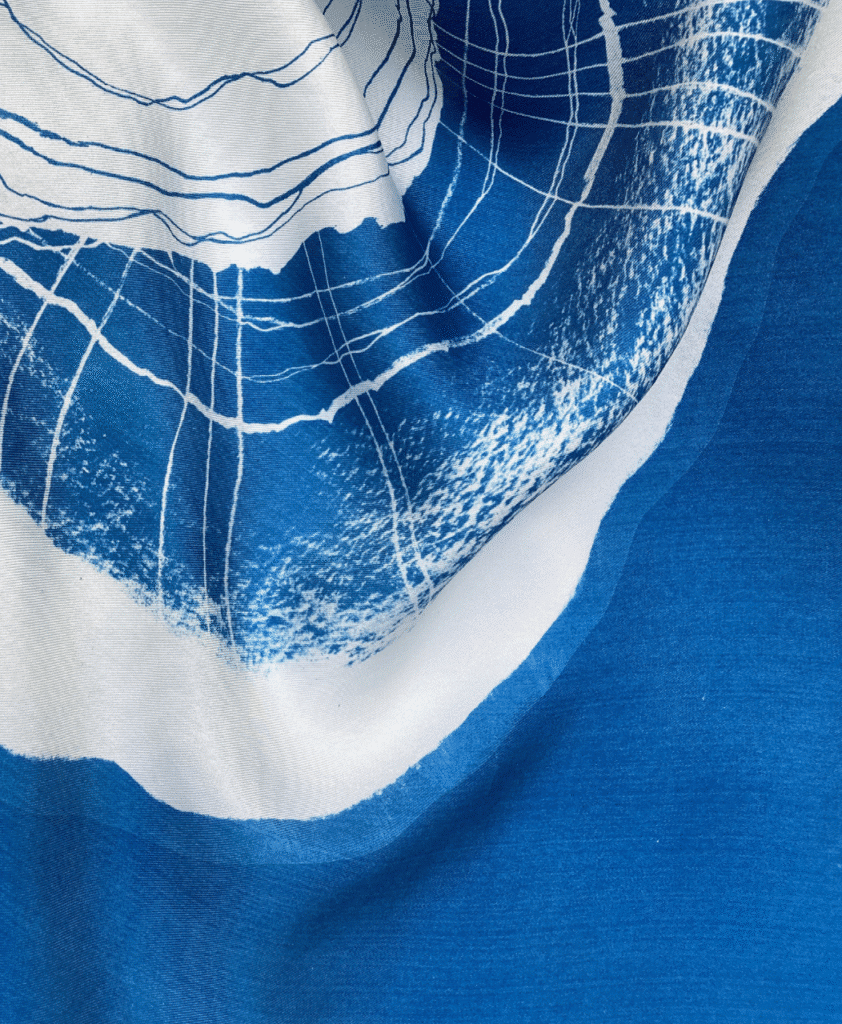
Upcoming Exhibition – Poster Boys: the work of Kevin Scally and Brendan Foreman for the Abbey Theatre
The National Print Museum announces an exciting new exhibition, curated by Dr Linda King...
View event


